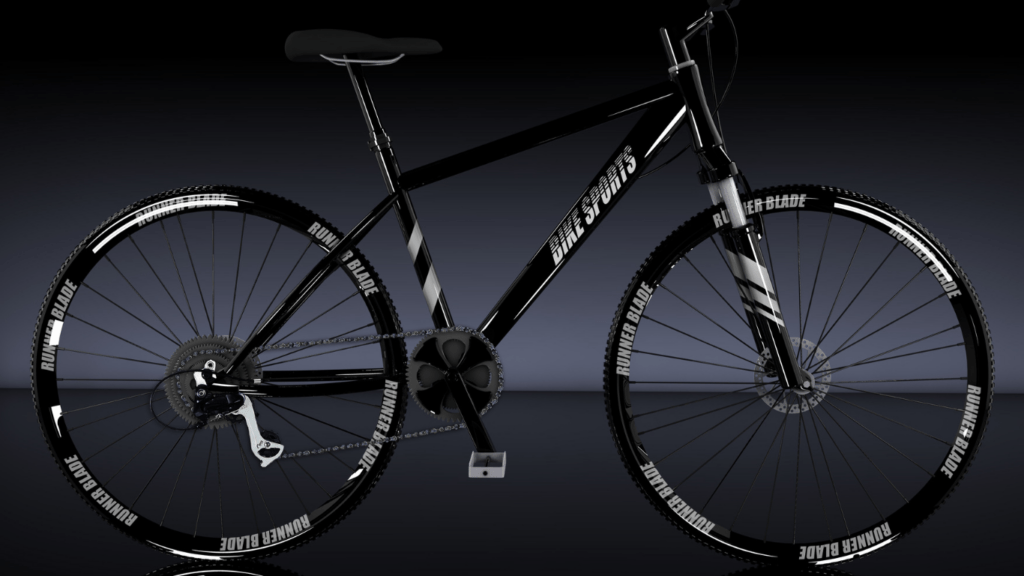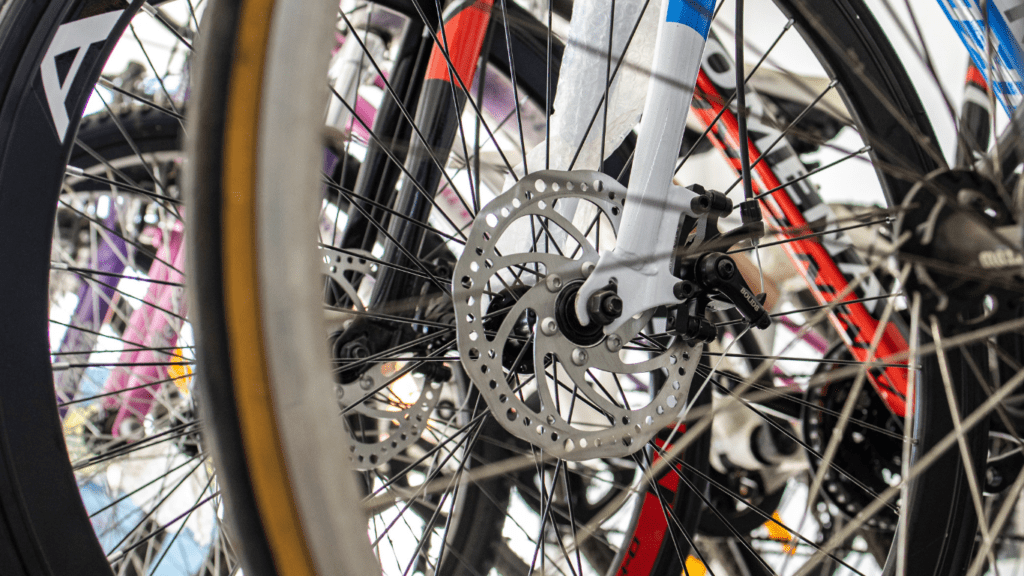Understanding Basic Cycling Gear
Choosing the right cycling gear ensures your rides are safe and enjoyable. Here, I’ll discuss why this matters and how to prioritize your needs.
The Importance of Choosing the Right Gear
Safety takes precedence in cycling. Helmets protect against head injuries, reducing risk by 70% (source: CDC). Reflective clothing makes you visible to drivers, especially in low light.
Proper shoes improve pedal efficiency and prevent foot pain on long rides.
Comfort affects how long and often you’ll ride. A padded saddle minimizes discomfort during extended use.
Cycling shorts reduce chafing. Gloves prevent blisters and provide better grip, even during wet conditions.
Efficiency is key for any cyclist. High-quality tires provide better traction. Bike lights ensure visibility at night. A well-fitted bike frame avoids strain on your back and joints.
How to Prioritize Your Gear Needs
Start with safety essentials. Invest in a certified helmet and reflective clothing as immediate priorities. Check their ratings and reviews.
Next, ensure comfort. Purchase a padded saddle and cycling shorts. Test different styles in-store to find the best fit.
Then focus on efficiency. Upgrade to durable tires and bright bike lights. Consider a professional fitting session for your bike, which can improve your ride experience significantly.
By understanding and prioritizing your cycling gear, you’ll ride more safely, comfortably, and efficiently, enhancing your cycling adventures.
Essential Apparel for New Cyclists
Choosing the right cycling apparel ensures comfort and performance. Here, I’ll break down crucial apparel pieces.
Cycling Helmets: Features and Fit
A high-quality helmet protects your head in accidents. Look for helmets with MIPS technology. This feature provides extra protection against rotational motion.
Ensure the helmet fits snugly but comfortably. Measure your head, then refer to size charts from reputable brands like Giro or Bell.
Footwear and Pedals: A Match Made in Heaven
Cycling shoes and compatible pedals improve efficiency. Look for shoes with stiff soles to maximize power transfer. SPD (Shimano Pedaling Dynamics) shoes and pedals are popular among beginners.
These pedal systems provide a secure connection, enhancing pedal stroke efficiency.
The Right Clothing for Different Weather Conditions
Clothing choice varies with weather. For warm climates, wear moisture-wicking jerseys and padded shorts. On cooler days, choose long-sleeved jerseys, thermal tights, and windbreakers.
Invest in rain jackets and water-resistant shoe covers for wet conditions. Layers help adapt to changing temperatures during rides.
The Bicycle: Picking the Perfect Starter Bike

Choosing the right starter bike is crucial for an enjoyable cycling experience. Understanding key features and the differences between road and mountain bikes helps make an informed decision.
Key Features to Look for in a Bicycle
Selecting a starter bike involves considering several features:
- Frame Material: Look for aluminum or carbon frames for durability and lightweight. Aluminum offers affordability, while carbon provides better performance.
- Gearing System: Opt for bikes with at least 18 gears to tackle various terrains easily. Shimano and SRAM are reputable brands.
- Brakes: Choose disc brakes for better stopping power in different weather conditions. Hydraulic disc brakes offer more precise control compared to mechanical ones.
- Fit: Ensure proper bike size by checking the manufacturer’s size chart and testing the bike. Stand-over height and reach are key measurements.
- Tire Type: For versatility, go with wider tires (32mm for road bikes). They provide better grip and comfort on diverse surfaces.
Road Bikes vs. Mountain Bikes
Knowing the differences between road bikes and mountain bikes guides the selection process:
- Road Bikes: Designed for smooth pavement, they feature narrow tires (23-28mm), lightweight frames, and drop handlebars. Ideal for speed and long-distance rides. Not suitable for rough terrains.
- Mountain Bikes: Built for off-road trails, they have wider tires (2.1-2.5 inches), durable frames, and flat or riser handlebars. Perfect for rough, uneven surfaces. Less efficient on paved roads.
Selecting the right bike type depends on where you’ll ride most often and the riding style you prefer.
Must-Have Accessories for Safety and Efficiency
Every cyclist must prioritize safety and efficiency. Let’s dive into essential accessories that enhance both.
Lights and Reflectors for Visibility
Lights and reflectors are crucial for staying visible, especially in low light. Bike lights, front and rear, illuminate the path and make you noticeable. Reflectors on pedals, wheels, and frames further enhance visibility.
A white front light and red rear light meet most local regulations. Choose LEDs for brighter output and longer battery life.
For safety, invest in a set of high-quality lights and reflectors, ensuring compliance with safety standards.
Tool Kits and Puncture Repair
Having a tool kit and puncture repair kit on hand addresses mechanical issues during rides. A standard tool kit includes a multi-tool, tire levers, and a pump.
The multi-tool should have Allen keys, screwdrivers, and a chain tool. Puncture repair kits include patches, glue, and sandpaper. Carrying these ensures you’re prepared for common problems like flat tires or loose bolts.
These kits usually come in compact, portable designs that fit easily into saddle bags or backpacks, making them convenient for any ride.

 I’m Brendamee McCartyierr, and as the founder of Cycle Smooth Ride Long, I'm thrilled to bring you the ultimate resource for all things cycling. Whether you're a seasoned rider or just starting on your cycling journey, our mission is to support your passion for two wheels with trusted advice, insightful reviews, and expert tips.
Cycling is more than just a hobby—it's a lifestyle that promotes health, freedom, and adventure. At Cycle Smooth Ride Long, we’re committed to making your ride smoother, longer, and more enjoyable by providing you with the latest in cycling news, nutrition advice, fitness tips, and gear reviews. We also cater to beginners, offering comprehensive guides to help you get started and build confidence on the road.
I’m Brendamee McCartyierr, and as the founder of Cycle Smooth Ride Long, I'm thrilled to bring you the ultimate resource for all things cycling. Whether you're a seasoned rider or just starting on your cycling journey, our mission is to support your passion for two wheels with trusted advice, insightful reviews, and expert tips.
Cycling is more than just a hobby—it's a lifestyle that promotes health, freedom, and adventure. At Cycle Smooth Ride Long, we’re committed to making your ride smoother, longer, and more enjoyable by providing you with the latest in cycling news, nutrition advice, fitness tips, and gear reviews. We also cater to beginners, offering comprehensive guides to help you get started and build confidence on the road.
